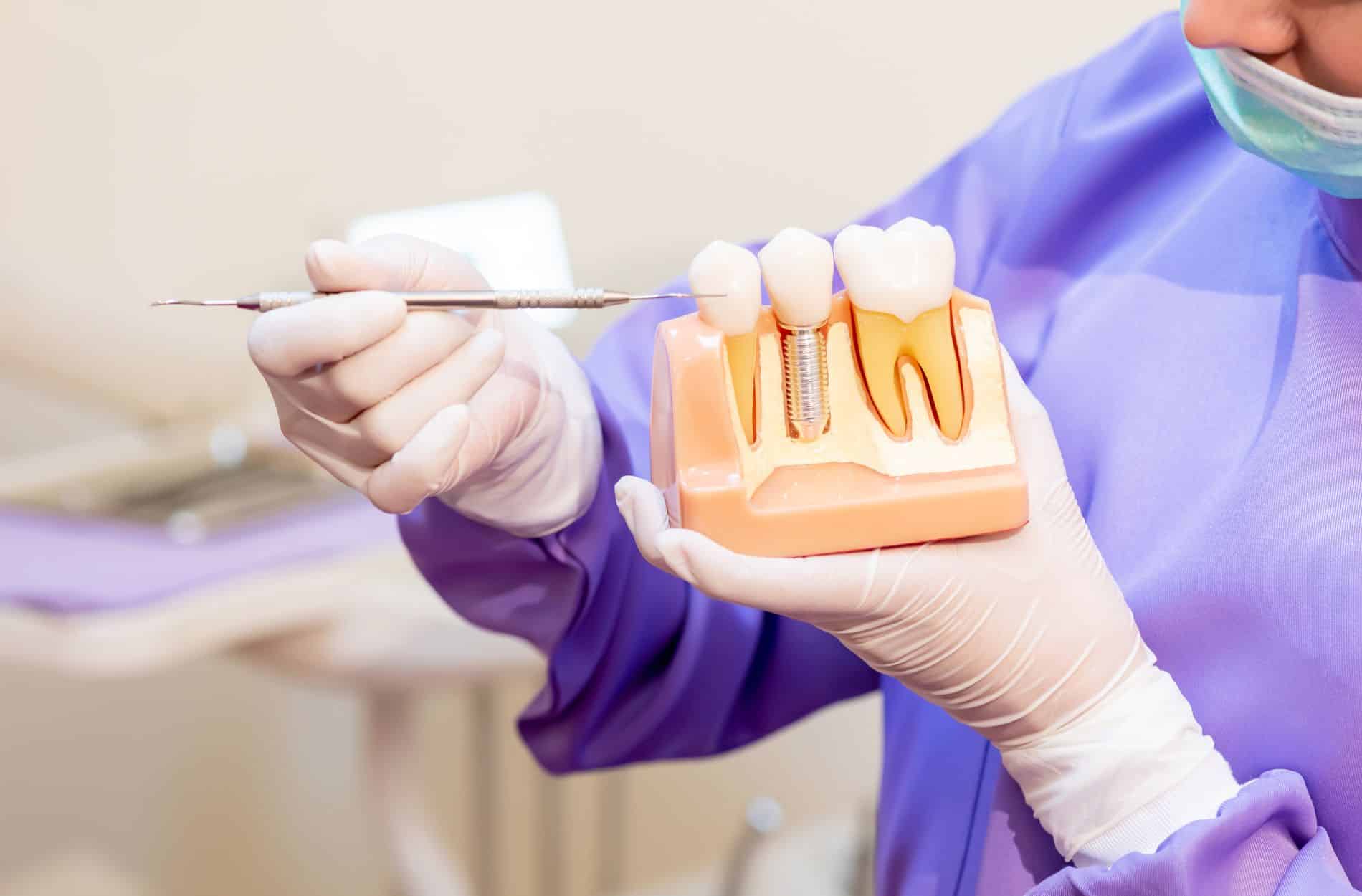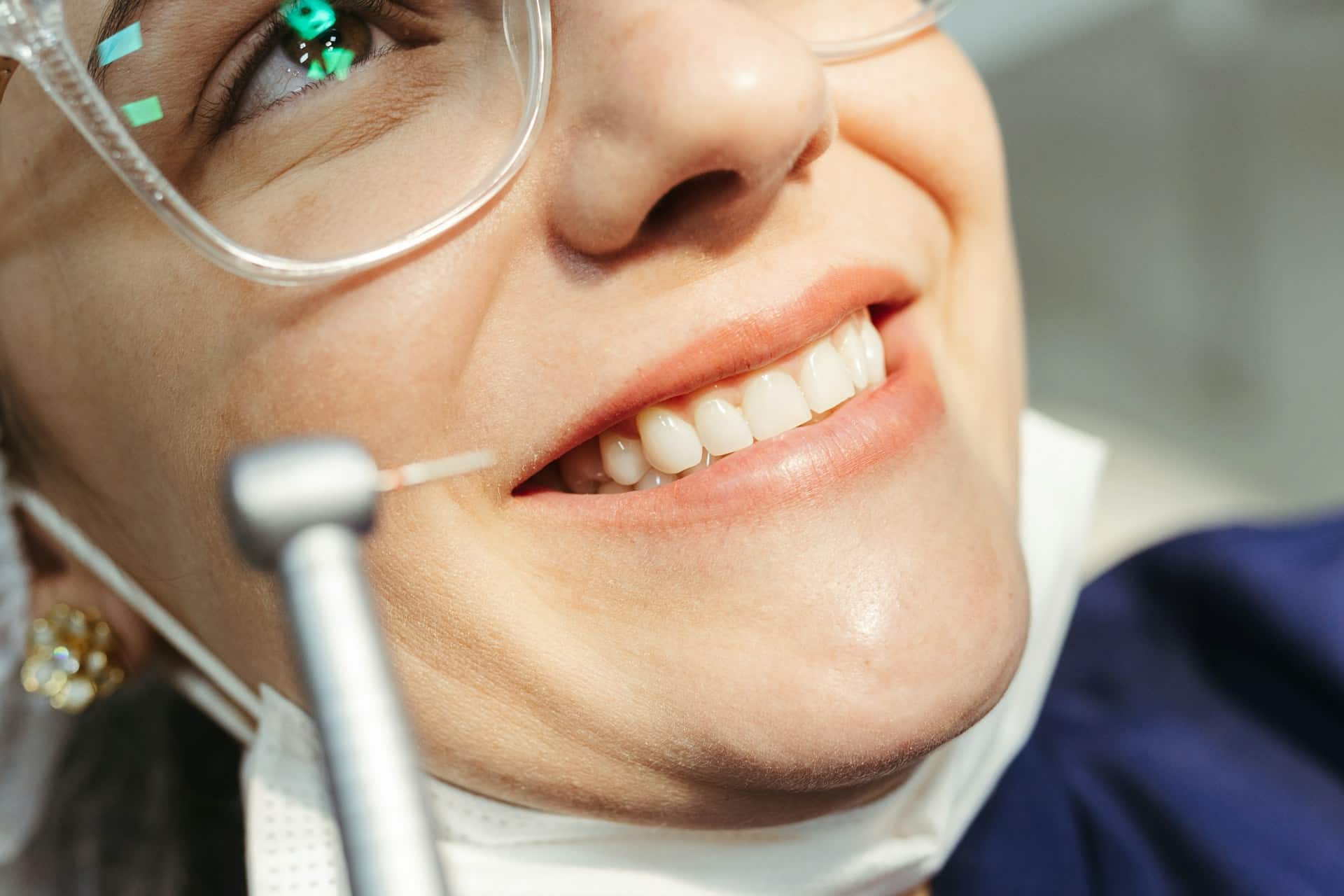Going to the dentist can be a little scary for kids, but it doesn’t have to be. Sedation dentistry helps make dental visits easier and less stressful for children. It involves using medication to help kids relax during dental procedures. This way, they don’t feel anxious, and the dentist can complete the work without any fuss.
Many parents worry about their child’s comfort and safety during dental visits. Sedation dentistry offers a safe and effective solution. It’s especially helpful for kids who are very young, have special needs, or just feel very scared about seeing the dentist. Knowing that sedation can help keep your child calm can make the experience better for both of you.
Understanding how sedation dentistry works and what to expect can help you feel more prepared when it’s time for your child’s appointment. We’ll go through the basics of sedation dentistry, why it’s important for kids, the different types of sedation available, and how to get ready for the appointment. This way, you can ensure your child has a positive and stress-free dental visit.
What Is Sedation Dentistry?
Sedation dentistry uses medication to help patients relax during dental procedures. It’s especially useful for people who have a fear of the dentist or need extensive dental work. Sedation can range from mild to deep, depending on the patient’s needs.
In sedation dentistry, there are different levels of sedation. The mildest form is called minimal sedation, where the patient remains awake but feels relaxed. Moderate sedation might make you slur your words and not remember much of the procedure. With deep sedation, you are on the edge of consciousness but can still be awakened easily. The deepest form is general anesthesia, where you are completely unconscious.
Sedation dentistry can be administered in various ways. Oral sedation involves taking a pill, usually an hour before the procedure. Nitrous oxide, or laughing gas, is inhaled through a mask placed over your nose. Intravenous (IV) sedation is administered through a vein and works quickly. Each method has its own benefits and is chosen based on the specific dental procedure and the patient’s level of anxiety or fear.
Why Sedation Dentistry Is Important for Kids
Sedation dentistry can be very important for kids, especially those who feel anxious or scared about dental visits. Many children have a natural fear of the dentist, which can make it difficult for them to stay still during procedures. Sedation helps them relax and feel more comfortable.
By using sedation, dentists can perform necessary treatments more effectively and efficiently. This is important for kids who need complex procedures, like extractions or fillings. When a child is relaxed, the dentist can work more quickly and accurately, which means less time in the chair for the child.
Sedation dentistry can also be beneficial for kids with special needs. Some children may have difficulty understanding the procedure or may not be able to sit still for long periods. Sedation ensures that they can receive the dental care they need without added stress or discomfort. It also helps parents feel more at ease, knowing their child is comfortable and safe during the treatment.
Different Types of Sedation Used for Kids
There are several types of sedation that can be safely used for kids during dental procedures. Each type varies in strength and how it is administered, catering to different needs and levels of anxiety.
1. Nitrous Oxide (Laughing Gas):
This is the mildest form of sedation and is very common for kids. The child breathes in nitrous oxide mixed with oxygen through a small mask placed over their nose. It helps them feel relaxed and slightly euphoric. The effects wear off quickly once the mask is removed, and there are typically no lingering drowsiness issues.
2. Oral Sedation:
Oral sedation involves giving the child a pill or liquid medication, usually about an hour before the procedure. This type of sedation maintains the child’s consciousness but makes them feel very relaxed and sometimes sleepy. The child might slur their words and have a fuzzy memory of the procedure.
3. IV Sedation:
For more severe dental anxiety or longer procedures, intravenous (IV) sedation might be used. This method involves administering medication through a vein. It works quickly and offers a deeper level of sedation, where the child stays conscious but is in a very relaxed state. The dentist monitors the child’s vital signs throughout the procedure.
4. General Anesthesia:
General anesthesia is reserved for the most complex cases or very anxious children. It induces a state of unconsciousness, meaning the child will be completely asleep during the procedure. This method is usually performed in a hospital or surgical setting due to the need for close monitoring.
These different types of sedation ensure that children can receive dental care comfortably and safely, catering to their individual needs.
How to Prepare Your Child for Sedation Dentistry
Preparing your child for sedation dentistry requires some steps to ensure everything goes smoothly. Here are some tips to help you get ready:
1. Follow Pre-Sedation Instructions:
Your dentist will provide specific instructions to follow before the sedation appointment. This may include restrictions on food and drink. Typically, you may need to avoid giving your child any food or drink for a few hours before the procedure.
2. Explain Simply and Positively:
Talk to your child about the procedure using simple words. Explain that the dentist will give them special medicine to help them feel calm and relaxed. Make sure to remain positive and avoid using any frightening words.
3. Bring Comfort Items:
Allow your child to bring a favourite toy or blanket to the appointment. Having something familiar can help reduce their anxiety and make them feel more at ease.
4. Plan for Aftercare:
Make sure you have a clear understanding of the aftercare instructions from the dentist. Your child may feel groggy or sleepy after the sedation, so plan a quiet day at home to let them rest and recover.
5. Stay Calm and Supportive:
Children can pick up on their parent’s emotions, so it’s important to stay calm and supportive. Reassure your child that everything will be fine and that the dentist is there to help.
By taking these steps, you can help ensure a smooth and successful sedation dentistry experience for your child.
Conclusion
Sedation dentistry can be a lifesaver for both kids and parents. It helps make dental visits less stressful and ensures that children can receive the care they need without fear or anxiety. Understanding the different types of sedation and how to prepare for a sedation visit can make a huge difference in your child’s dental experience.
At Pickering Dental Services, we’re here to provide top-quality care for your entire family, including our youngest patients. If you think sedation dentistry could benefit your child, or if you have any questions, don’t hesitate to reach out. Schedule an appointment with our dentists in Pickering today, and let’s ensure your child’s dental visits are comfortable and worry-free!










